Los Angeles might be the City of Angels, but when the lights suddenly cut out, it can feel anything but heavenly. Power outages here happen more often than we’d like—whether from scorching heatwaves, aging infrastructure, or Mother Nature’s throwing a tantrum. So what’s really behind LA’s frustrating blackouts? Is having a backup generator for home worth it? What to do during the accident? Let’s break it down.
Common Causes of Power Outages in Los Angeles
1. Wild Weather Woes
LA’s weather isn’t always sunshine and rainbows. Santa Ana winds can knock down power lines like dominoes, while heat waves push the grid to its limits as everyone cranks up their AC. And let’s not forget rainstorms—yes, even LA gets them, which can cause flooding and equipment failures.
2. Pesky Wildlife (Yes, Really)
Squirrels, birds, and even raccoons love to chew on wires or nest in electrical equipment. One rogue critter can short-circuit a transformer, leaving entire neighborhoods in the dark. Who knew wildlife was LA’s sneakiest power saboteur?
3. Aging Infrastructure
Some of LA’s power lines and substations have been around forever. Old equipment is more prone to failures, especially when demand spikes. While upgrades are happening, it’s a slow fix, and in the meantime, outages keep hitting.
4. Car vs. Pole: The Eternal Battle
Ever seen a car plow into a power pole? It happens more than you’d think. A single fender bender in the wrong place can take out power for blocks.
5. Planned Shutoffs (Thanks, Fire Risk)
During extreme fire danger, utilities like SoCal Edison and PG&E sometimes cut power preemptively to prevent wildfires sparked by downed lines. It’s a safety move, but that doesn’t make it any less annoying when your fridge goes warm.
6. Overloaded Grid
When half of LA blasts their AC at the same time, the grid groans under the pressure. If demand outstrips supply, boom—rolling blackouts can happen to prevent a total collapse.
7. Construction & Human Error
Digging without checking for underground lines? Yep, that’ll do it. Construction mishaps and simple human mistakes account for a surprising number of outages.
How to Check the Current Status?
When the lights go out in LA, knowing where to get real-time updates can save you a lot of frustration. Luckily, there are several ways to stay informed about outages, restoration times, and safety alerts.
1. LADWP Outage Map & Mobile App
The Los Angeles Department of Water and Power (LADWP) provides an interactive Power Outage Map on its website and mobile app. This tool lets you:
- Zoom in on your neighborhood to see active outages.
- Check estimated restoration times (when available).
- Report an outage if your area isn’t already listed.
Having this info helps you decide whether to wait it out or fire up your backup power supply. Here is the website: https://www.ladwp.com/outages/power-outage-map
2. LADWP Social Media & Alerts
For instant updates, follow LADWP’s official social media (Twitter/X, Facebook, and Instagram), where they post:
- Outage confirmations and affected areas.
- Crew dispatch updates and repair progress.
- Safety tips (like avoiding downed power lines).
You can also sign up for text/email alerts through LADWP’s notification system to get outage warnings sent directly to you.
3. Local News & Emergency Broadcasts
When major outages hit, local news stations (like KTLA, NBC LA, or ABC7) often provide:
- Live coverage of widespread blackouts.
- Interviews with utility reps on repair timelines.
- Tips from emergency officials (e.g., cooling centers during heat waves).
Tuning into AM 1070 KNX (LA’s emergency news radio) is another reliable way to get updates if your internet’s down.
4. Community Groups & Neighborhood Apps
Sometimes, the fastest updates come from your neighbors. Platforms like:
- Nextdoor
- Facebook community groups
- Citizen app
These can give you real-time reports from people on the ground, especially during sudden outages. Just be sure to double-check with official sources before acting on rumors.
What to Do When Electricity Is Out?
A sudden blackout can throw your whole routine into chaos, but staying calm and prepared makes all the difference. Here’s how to handle an outage like a pro.
1. First Things First: Protect Your Home & Devices
- Unplug electronics (TVs, computers, gaming consoles) to avoid damage from power surges when electricity returns.
- Use flashlights or battery-powered lanterns—not candles! Open flames are a significant fire risk, especially during windy Santa Ana conditions.
- Conserve phone battery by limiting use to emergencies. Switch to low-power mode and keep a charged power bank handy.
2. Safety Must-Dos
- Skip the candles—opt for battery-operated lights instead. (Yes, even those "emergency scented candles" aren’t worth the risk.)
- Check on vulnerable neighbors—seniors, those with medical devices, or families with young kids might need help.
- Keep fridge/freezer doors closed to preserve food. A full freezer can stay cold for ~48 hours if unopened.
3. Your Emergency Kit Checklist
Don’t wait for an outage to scramble for supplies. Prep these basics now:
- Water: 1 gallon per person per day (3-day supply minimum).
- Food: Non-perishables like canned goods, protein bars, and dried fruit. (Bonus: A manual can opener!
- Light & Power: Flashlights, extra batteries, and a solar/crank radio.
- First aid: Bandages, meds, antiseptic wipes, and any prescription medications.
- Warmth: Extra blankets, thermal layers, and hand warmers.
- Power backup
How to Stay Warm Without Power?
LA nights can get chilly—here’s how to avoid shivering through an outage:
- Layer up: Thick socks, hats, and even a sleeping bag can trap body heat better than a thin blanket.
- Portable propane heaters: Only use in well-ventilated areas to avoid deadly carbon monoxide buildup. (Never run them while sleeping!)
- Wood stoves/fireplaces: If you’ve got one, stock dry firewood ahead of time.
- Tent indoors: Sounds silly, but pitching a small tent in your living room creates a warmer microclimate.
Pro Tip:
If outages are frequent in your area, consider investing in a battery-operated generator, like the power outage reassurance Jackery Solar Generator 5000 Plus.
Is Home Solar Battery Storage Worth It?
If you’re tired of scrambling for flashlights and praying for the grid to come back online, a home solar battery storage definite worth the price. Jackery Solar Generator 5000 Plus might be your best backup plan.
Unlike a gas generator (which needs fuel, maintenance, and a well-ventilated area), the Jackery Solar Generator 5000 Plus is a solar-powered beast that silently keeps your essentials running.

What Makes Jackery Solar Generator 5000 Plus So Reliable?
Here’s why it’s worth considering:
Massive Expandable Capacity
- Base unit: 5 kWh – Powers essentials like fridges, lights, and phones for hours to days.
- Expandable up to 60 kWh – Connect extra battery packs for weeks of backup power (ideal for multi-day outages or off-grid use).
Dual Voltage Output (120V/240V)
Run heavy-duty appliances (e.g., dryers, water pumps) or sensitive electronics (e.g., PCs, medical devices) without voltage issues.
Ultra-Fast Power Transfer
- 0ms UPS Mode: Instant switchover for sensitive tech (Wi-Fi routers, NAS, PCs) with no interruption.
- 20ms Backup Mode: Near-seamless transition for fridges, fans, and lights—most users won’t notice the delay.
High Power Output
7,200W surge / 5,000W continuous – Handles 99% of home appliances, including:
- Refrigerators (~500W) → ~10 hrs per 5kWh
- Space heaters (1,500W) → ~3 hrs per 5kWh
- CPAP machines (~50W) → ~100 hrs per 5kWh
12 Output Ports
Plug in multiple devices simultaneously: USB-C, AC outlets, carports, and more.
Smart Home Integration
- Smart Transfer Switch (sold separately) lets you connect to home circuits for whole-room backup.
- App control monitors battery levels, solar input, and power usage remotely.
Who’s This For?
✔ Homeowners who want backup power for fridges, medical devices, or Wi-Fi.
✔ Remote workers who can’t afford downtime.
✔ Campers/van lifers who need serious off-grid power.
✔ Anyone in fire-prone areas dealing with PSPS shutoffs.
Tips For Insulating Windows and Doors to Retain Heat
Ventilation is Important
Appropriate ventilation needs to be present during propane heater or generator operation. Using these measures prevents carbon monoxide poisoning.
Carbon Monoxide Detectors
Your residence needs to have battery-operated carbon monoxide detectors properly installed for protection. These detectors will activate an alarm if dangerous carbon monoxide gas levels are detected.
Use Blankets
Install heavy blankets or towels as window and door coverings to stop drafts from entering the house. To enhance heat retention in your living areas, use foam board insulation along with bubble wrap as additional insulation methods.
Seal Gaps
Weatherstripping and draft stoppers should be used as better solutions to fill gaps that occur between windows and doors. Sealing gaps stops moving warm air from exiting the building so cold air cannot come in.
Does Home Insurance Cover Power Outage?
Most standard policies won’t reimburse you for the inconvenience of a blackout, but they might cover resulting damages if caused by a covered peril, such as:
✔ Weather-Related Outages (If linked to a covered event)
- Example: A windstorm knocks down a power line, causing a surge that fries your TV. Your policy may cover the TV.
- Example: A fallen tree (covered under your policy) damages your roof and cuts power—repairs may be included.
✔ Power Surge Damage (If sudden & accidental
- Many policies cover appliance/electronics damage from surges if the cause is covered (e.g., lightning).
- Exception: Gradual wear-and-tear or lack of surge protection may void claims.
✔ Food Spoilage (Sometimes, with limits)
- A few insurers (like State Farm) offer limited coverage (e.g., $500) for spoiled food due to outages.
- Catch: Usually requires the outage to stem from a covered event (e.g., hurricane, not routine grid failure).
✔ Additional Living Expenses (ALE)
If a covered disaster (like a wildfire) forces you out and cuts power, your policy may pay for hotel meals, temporary housing, etc.
But the following causes can’t be covered:
- The Outage Itself: No reimbursement for lost power alone—even if it lasts days.
- Preventable Damage: Example: Pipes freezing because you didn’t drip faucets in winter.
- Non-Covered Perils: Most policies exclude grid failures, rolling blackouts, or utility maintenance outages.
- Business Equipment: Running a home biz? Damaged work devices (e.g., servers) usually need separate commercial insurance.
How to Review Your Insurance Policy?
You should take some time to go through your home insurance policy. Make sure you understand what is covered and what isn’t. This will help you know what to expect when you need to use it.
If you have any questions about your coverage, then reach out to your insurance agent. They can help clarify anything you are unsure about. You should also keep records of any damages and take photos to support your claims. This will make it easier to complete the process to file the claim.
Tips to Prepare for Future Power Outages
A power outage can reveal gaps in your homeowner's insurance—don’t wait for a blackout to find out what’s covered. Here’s a step-by-step guide to reviewing your policy like a pro.
Step 1: Locate Your Policy Documents
Digital or paper? Check your email, insurer’s online portal, or filing cabinet. Key sections to scan:
- "Perils Covered" (lists disasters your policy protects against, like storms or fire).
- "Exclusions" (what’s not covered—e.g., grid failures).
- "Additional Coverages" (look for "food spoilage" or "equipment breakdown").
Step 2: Check for Power Outage-Related Coverage
1. Covered Perils
Does your policy include wind, lightning, or falling objects? If so, damage caused by these events (e.g., a power surge from a lightning strike) may be covered.
2. Food Spoilage
Some insurers (like State Farm or Allstate) offer limited coverage (e.g., $500) if food rots due to a covered outage (e.g., hurricane).
Tip: Take timestamped photos of spoiled items for claims.
3. Additional Living Expenses (ALE)
If a covered disaster (like a wildfire) forces you out and cuts power, ALE may cover:
- Hotel stays
- Restaurant meals
- Laundry costs
4.Surge Damage
- Verify if sudden, accidental surges (e.g., from a downed power line) are included.
Warning: Many policies deny claims if you lack surge protectors.
Step 3: Call Your Agent (The Right Way)
Don’t just skim—ask pointed questions:
- "Does my policy cover power surges caused by external grid failures?"
- "Is there a rider for extended fridge/freezer losses?"
- "Would a generator failure during an outage be covered?"
Pro tip: Record the call (with consent) or request answers via email for paper trails.
Step 4: Compare Upgrade Options
If your policy falls short, consider:
- Equipment breakdown coverage: Adds protection for appliances/electronics.
- Increased ALE limits: Helps with longer displacements.
- Off-premises power failure coverage: Rare but invaluable for outage-prone areas.
Example: Farmers Insurance offers a "Equipment Breakdown Coverage" endorsement for ~$50/year.
Step 5: Document & Prep for Claims
- Take inventory: Photos/videos of high-value electronics/appliances.
- Keep receipts: For surge protectors, generators, or spoiled food.
- Know your deductible: Is it 500 or 2,500? Out-of-pocket costs matter.
What to Do If You’re Not Covered
- Mitigate risks: Buy a UPS for computers, or a solar generator (like Jackery).
- Switch insurers: Companies like Kin or Lemonade offer flexible add-ons.
- Advocate for change: Some states (e.g., California) require insurers to offer food spoilage coverage—ask about it.

Conclusion
Power outages in Los Angeles can be a hassle. However, preparation considerably eases the situation. You must learn the source of the power interruption while understanding appropriate actions to take during that period. Visit Jackery for more information about solar power backup.
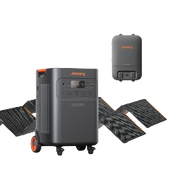
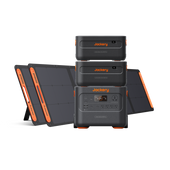
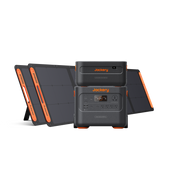
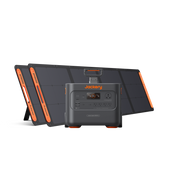

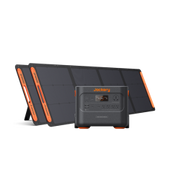
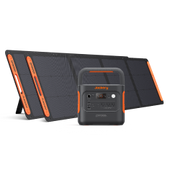

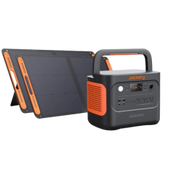
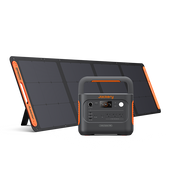
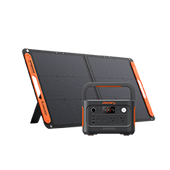

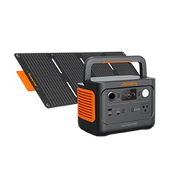

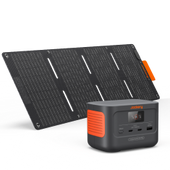
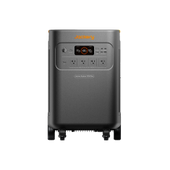

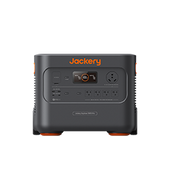
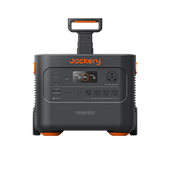
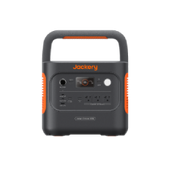
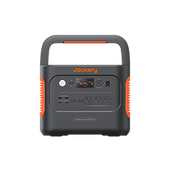

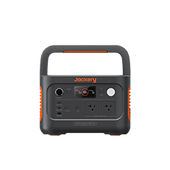
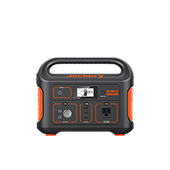
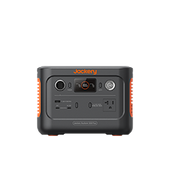

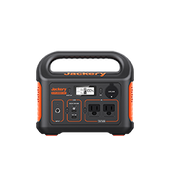
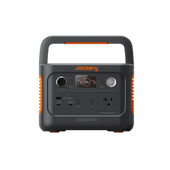
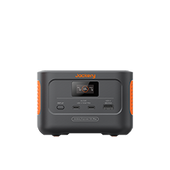



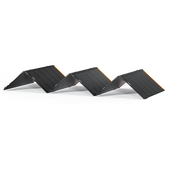
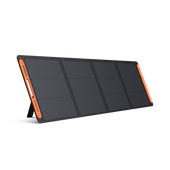
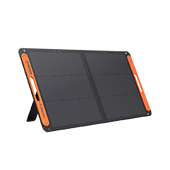
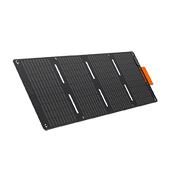

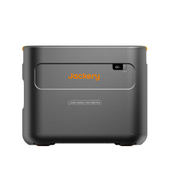



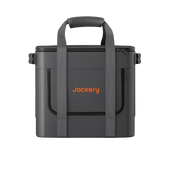
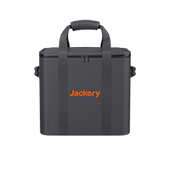
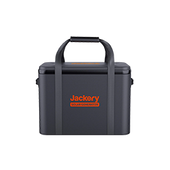


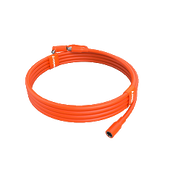

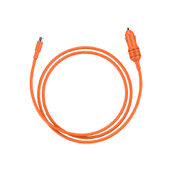

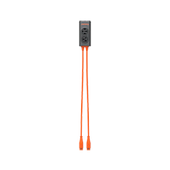
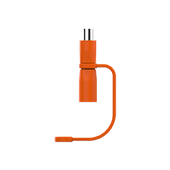
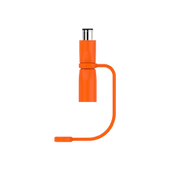


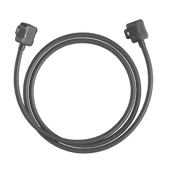
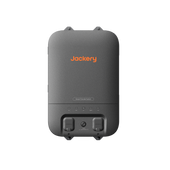
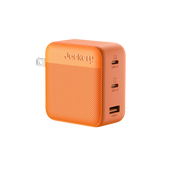




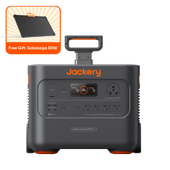
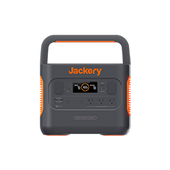
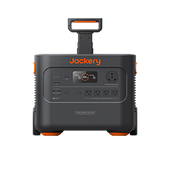
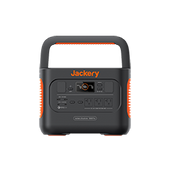
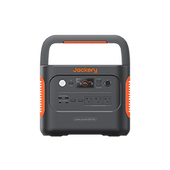
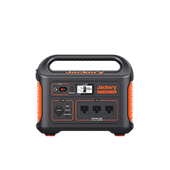
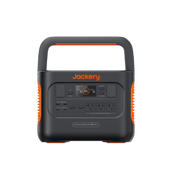
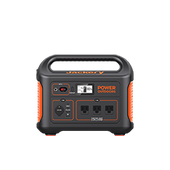
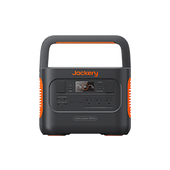
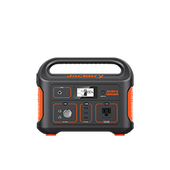
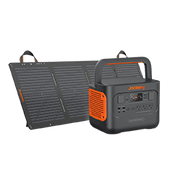
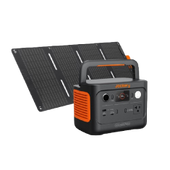
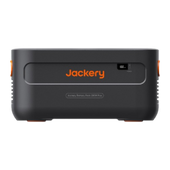
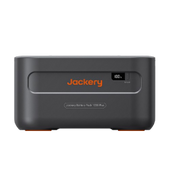


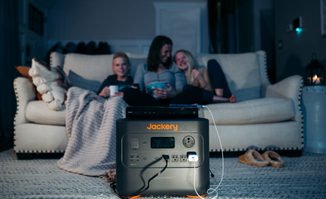

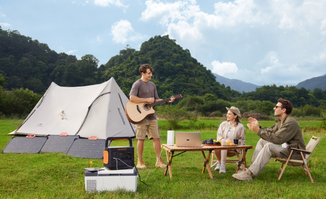
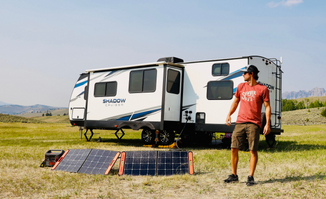











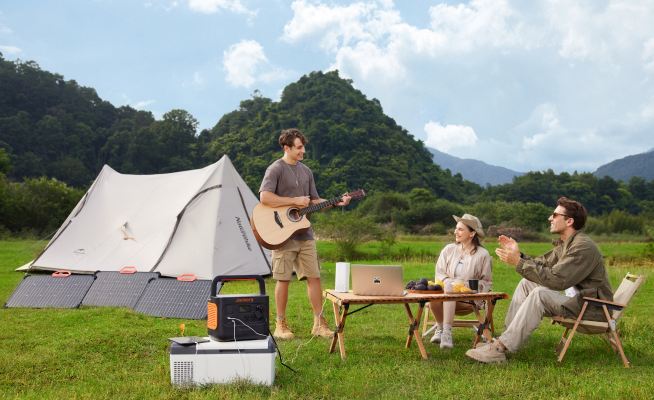
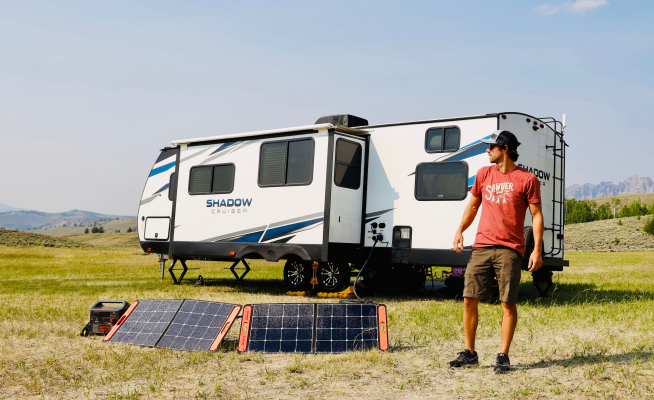


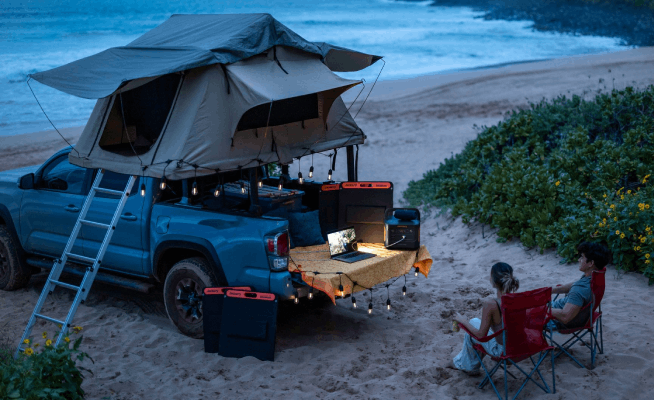
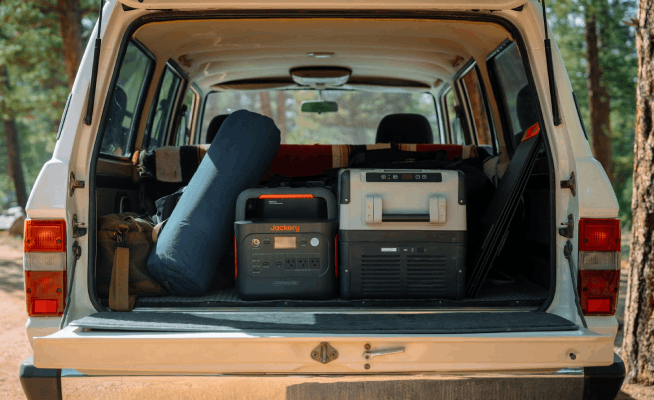

















Leave a comment